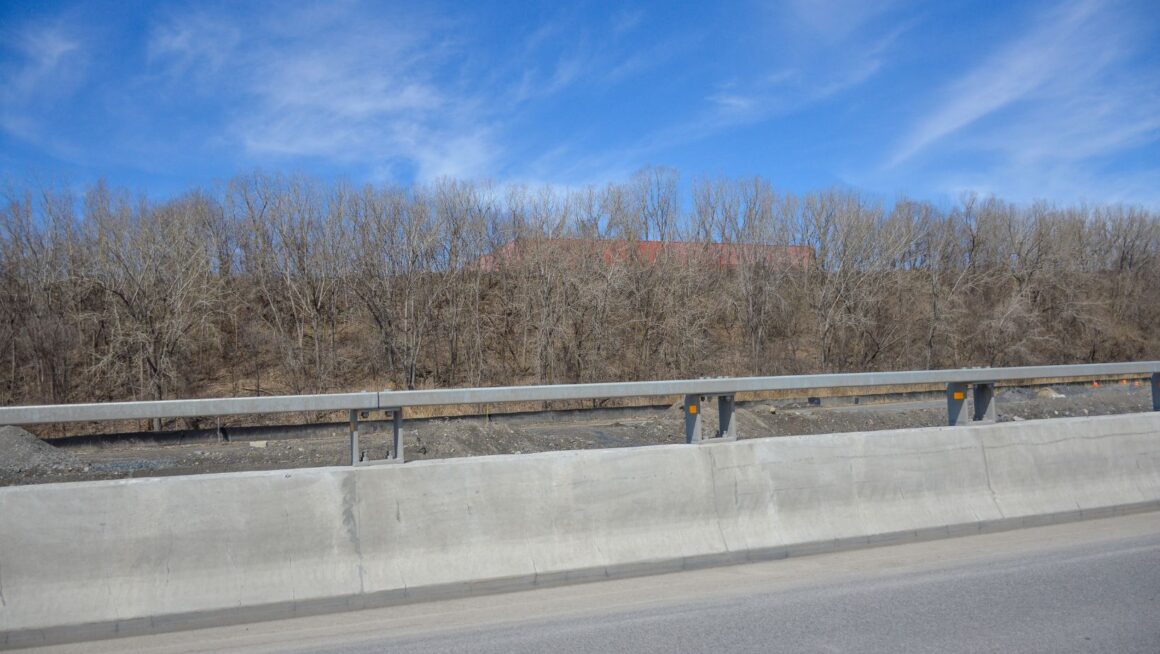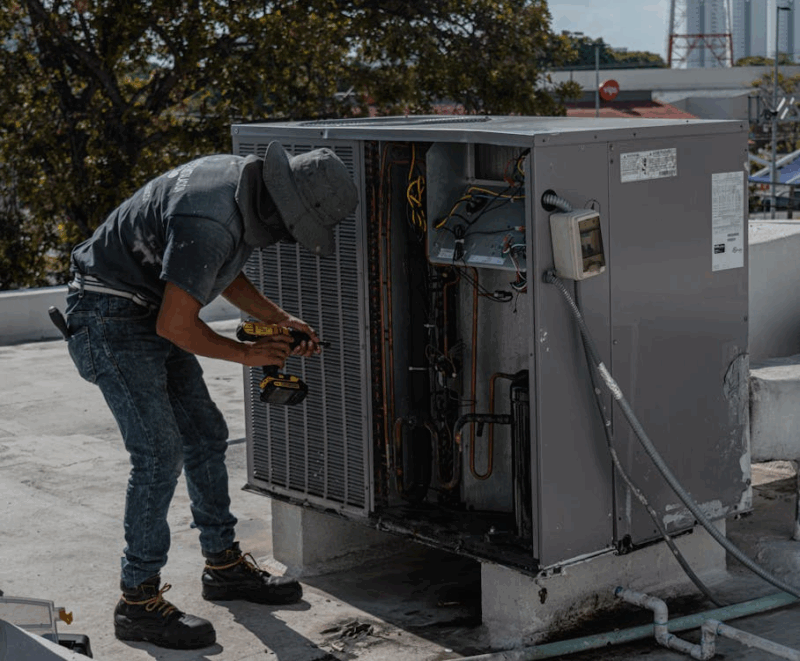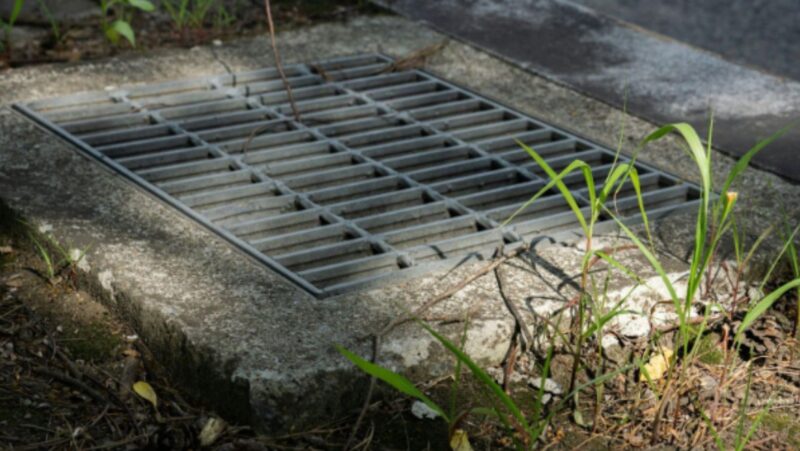
Concrete barriers play an important role in keeping roads, work zones, and public spaces safe. They help guide traffic, protect construction crews, and create secure boundaries for events or facilities. Choosing the best solution for a specific project can improve safety, meet regulations, and support long-term performance.
Public and private projects often require different barrier designs, materials, and installation methods. The right choice depends on how the barrier will be used, how long it will stay in place, and the conditions it must withstand. This article explores proven options that meet a wide range of needs while maintaining practical and cost-effective results.
48 Barriers Concrete Barriers
48-inch concrete barriers offer a practical solution for traffic control, construction safety, and property protection. They help separate lanes, guide vehicles, and create secure perimeters in both public and private spaces.
These barriers come in new and used options, which allow projects to match performance needs with budget limits. Used units can work well for non-public areas, while new ones may suit high-visibility locations.
Many models include forklift knockouts for easier placement and relocation. This feature reduces setup time and allows crews to adjust layouts as project needs change.
For projects searching for the best concrete barrier options, size, weight, and durability remain key factors. A 48-inch unit often balances strength with manageable transport requirements.
Some designs also allow for custom finishes or stains, making them suitable for areas where appearance matters. This flexibility supports both functional and aesthetic project goals without compromising safety.
Concrete Safety Systems Highway Barriers
Concrete safety systems for highways use proven designs to protect drivers, pedestrians, and work crews. These barriers separate traffic lanes, prevent vehicle crossovers, and reduce the risk of accidents in high-speed areas. They also help guide traffic safely through construction or maintenance zones.
Many highway barriers use interlocking connections that allow quick setup and removal. This feature supports both short-term and long-term projects without major delays. Contractors can place them in various configurations to match the needs of the site.
Some designs meet crash-test standards set by transportation authorities. This means they can withstand vehicle impact while maintaining structural integrity. As a result, they provide a dependable safety measure for busy roads.
Highway barriers can also include reflective strips or markings for better visibility at night or in poor weather. These features improve driver awareness and help reduce collision risks. Their durability allows them to remain in service through repeated use and exposure to harsh conditions.
Barrier Systems, Inc. Precast Barriers
Barrier Systems, Inc. produces precast concrete barriers for traffic control, construction sites, and property protection. These barriers meet Department of Transportation standards for both temporary and permanent use. They are designed to withstand outdoor conditions and maintain performance over time.
The company offers barrier units that connect quickly for faster setup. This feature allows crews to place and remove sections with minimal disruption to nearby traffic or operations. The design also reduces the need for loose hardware, which can speed up installation.
Their products serve public roadway projects as well as private property applications. For example, they can separate lanes on highways, protect work zones, or create boundaries around secure areas. The same barrier units can often be moved and reused as project needs change.
By using precast manufacturing, the barriers arrive ready for placement without the delays of on-site concrete work. This approach can help projects stay on schedule and reduce labor requirements.
McCann Concrete Precast Barrier Options
McCann Concrete offers precast barrier units that serve a range of public and private project needs. These barriers help with traffic control, site security, and equipment protection. They also work well for marking boundaries around construction or event areas.
The company produces barriers in standard sizes suited for highways, industrial sites, and pedestrian zones. Each unit is manufactured in a controlled environment to maintain consistent quality and strength. This process allows faster installation compared to cast-in-place methods.
Movable highway barriers from this line provide a temporary option for lane separation or detours. Their design allows crews to place and remove them with minimal disruption to traffic flow.
In addition to traffic applications, these barriers can be used around facilities to guide vehicles or restrict access. They offer a practical solution for projects that require both safety and clear site organization.
By supplying modular units, the company allows contractors to set up secure perimeters quickly and adjust layouts as project needs change.
RoadGuard Durable Concrete Barrier Solutions
RoadGuard provides concrete barriers designed to improve safety and protect infrastructure in both public and private projects. Their products meet industry standards and suit a range of environments, from highways to commercial spaces.
The company offers barriers that perform well in temporary and permanent applications. Temporary barriers help control traffic during construction, while permanent ones create long-term boundaries for roads or properties.
Each barrier uses durable materials that withstand heavy use and harsh weather. This durability reduces the need for frequent replacement and helps maintain consistent safety performance.
Installation services are available for projects of different sizes. Skilled crews position and secure each barrier to meet site requirements, which helps maintain proper alignment and stability.

RoadGuard also provides options that match specific project needs, including different sizes and configurations. This flexibility allows planners to choose solutions that work best for their location and safety goals.
Conclusion
Concrete barriers serve both public and private projects by providing safety, traffic control, and site organization. They can be permanent for long-term stability or temporary for short-term flexibility.
Project teams should base their choice on factors such as location, duration, budget, and safety requirements. Each type offers distinct benefits that align with different site needs.
By matching the barrier type to the specific project demands, they can improve efficiency, meet regulations, and maintain safety over the intended service life.







